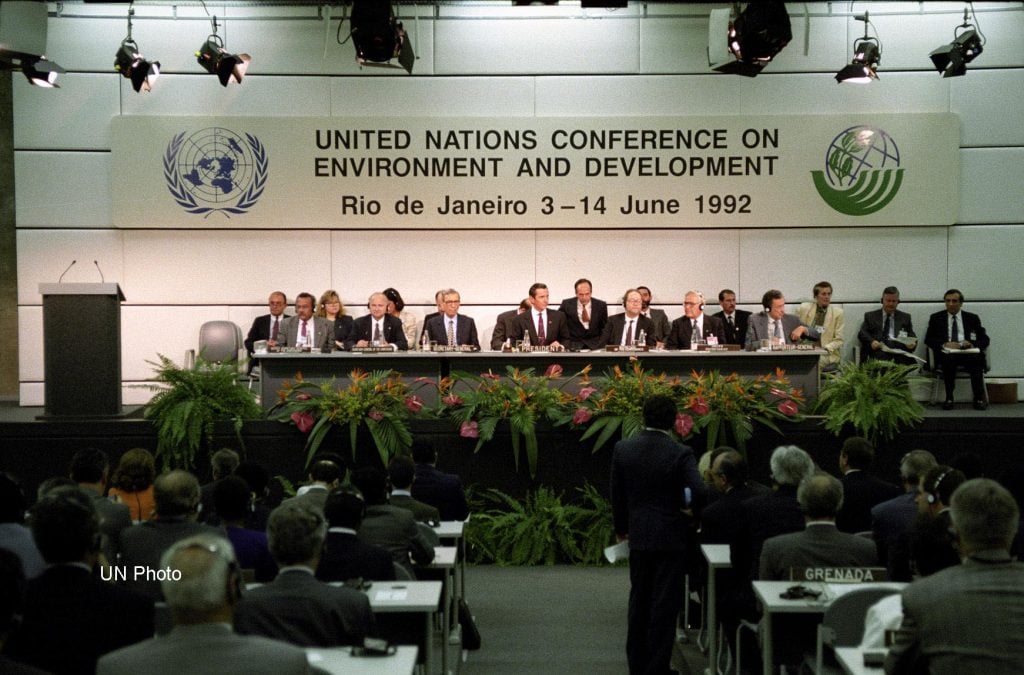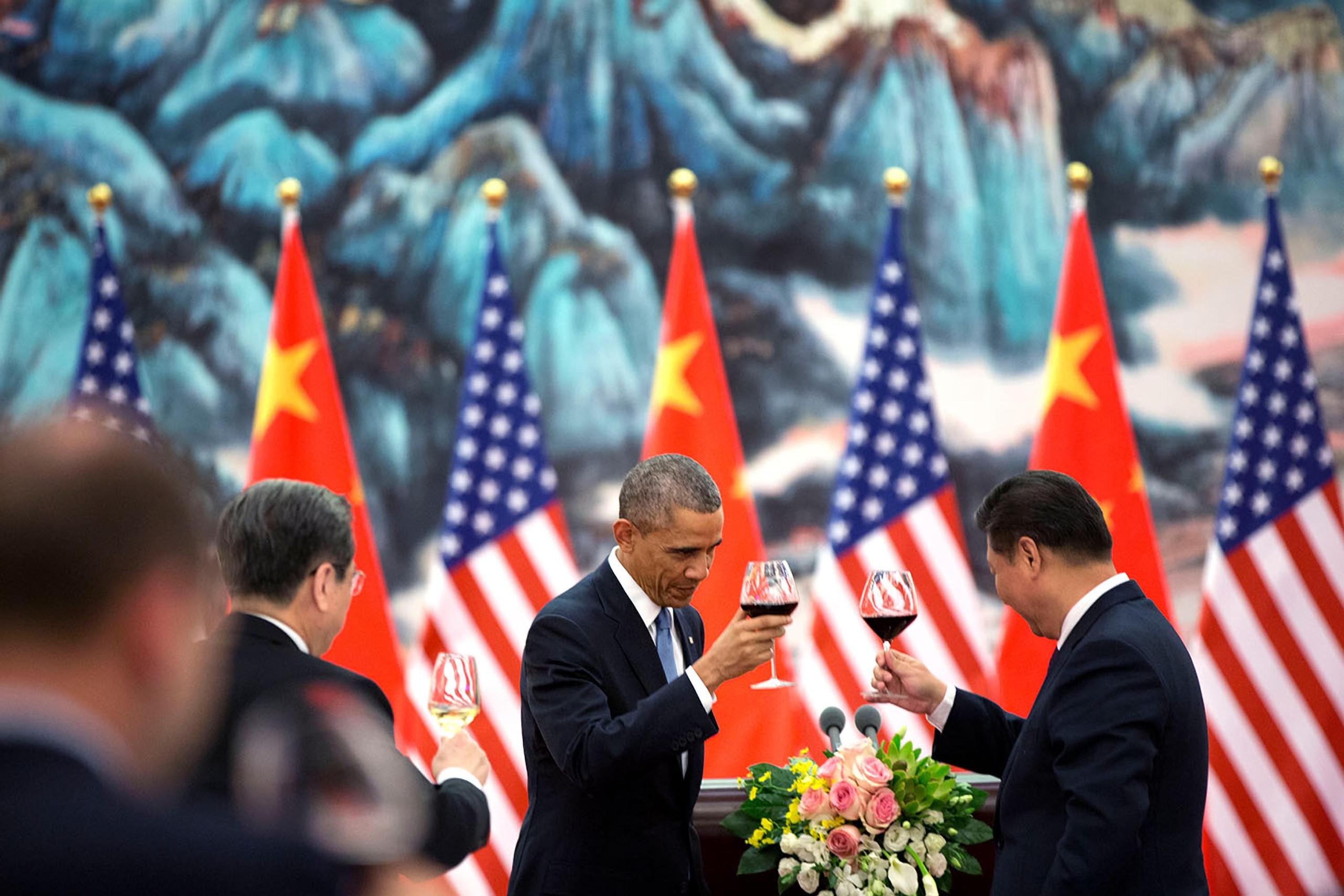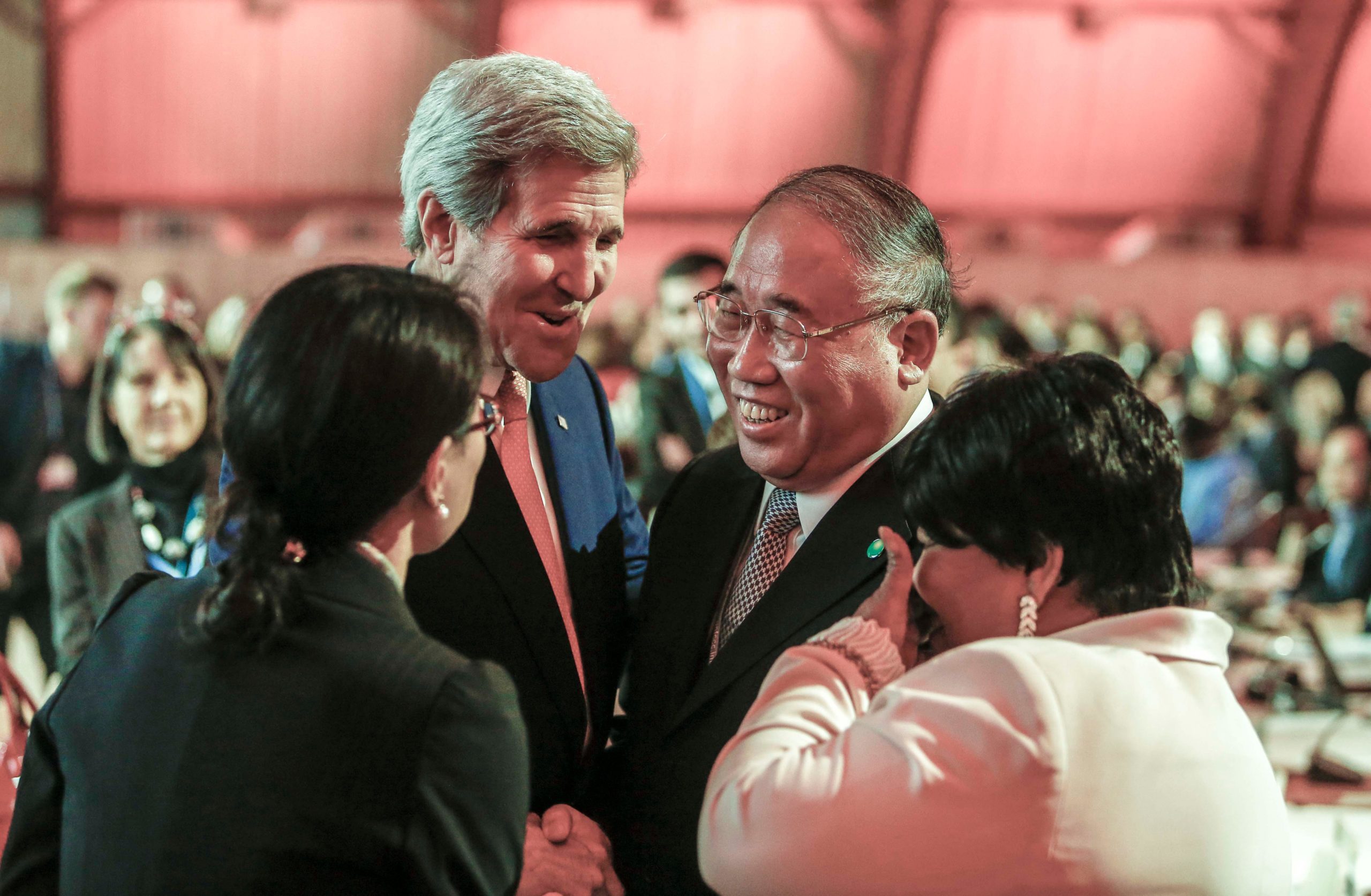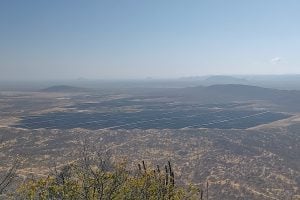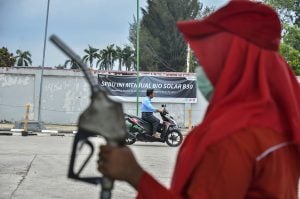Over the past three decades, the United States and China have brokered several breakthrough climate agreements and policy innovations. From the establishment of the US-China Forum on Environment and Development in 1997 to the Sunnylands Statement in 2023, this bilateral environmental relationship has continually adapted to political shifts. Analysing these years of cooperation reveals four lessons that are essential for the future of the relationship and its ability to foster global climate efforts.
Lesson 1: Bilateral engagement and strong domestic policies form a virtuous circle
Establishing and strengthening domestic climate policies has been pivotal in enhancing bilateral cooperation. In the run-up to the 2015 Paris Agreement, for example, China made significant strides in addressing its air pollution crisis. This led to initial steps to reduce coal use, the implementation of its first air pollution control plan, and the creation of the national carbon market. These efforts were bolstered by extensive engagement between presidents Obama and Xi, culminating in the joint statements on climate change of 2014 and 2015.
The 2014 joint statement was the result of careful, behind-the-scenes diplomacy, primarily driven by John Kerry and Xie Zhenhua. They knew the importance of portraying the statement as a win for both nations: China could showcase its domestic air-pollution reforms, while the US could strengthen its global climate leadership. These high-level commitments pushed China to enhance its Nationally Determined Contribution (NDC) to the goals of the Paris Agreement and accept transparency measures under the agreement. In the US, Obama’s clean power plan, though eventually sidelined, demonstrated a serious commitment to reducing emissions and paved the way for further international climate cooperation.
As each country strengthened its domestic agenda, the other was inspired and enabled to elevate its own climate commitments. The leadership shown by both nations through these bilateral agreements not only set ambitious targets but also created momentum that contributed to the successful adoption of the Paris Agreement. This dynamic showcased how domestic progress can drive international cooperation and vice versa, leading to enhanced climate action on both fronts.
But it can work both ways. Like trust, reciprocal scepticism limits the scope and effectiveness of bilateral cooperation. For instance, China’s misgivings toward the US’s commitment to its climate goals were evident during John Kerry’s visits in 2021 and 2023. Chinese negotiators pointed to the US withdrawal from the Paris Agreement in 2021, under the Trump administration, as a cautionary tale. Meanwhile, the US has expressed concerns over China’s continued reliance on coal, despite recent progress.
As the world’s largest greenhouse gas emitters, the US and China have a responsibility to continue demonstrating leadership through strong domestic climate actions. These can, in turn, rebuild trust and reinvigorate bilateral and multilateral climate efforts.
Lesson 2: Bilateral agreements and institutional frameworks sustain climate engagement
US-China climate cooperation is deeply rooted in a history of bilateral agreements and institutional frameworks that have provided structure and continuity.
The establishment of the US-China Forum on Environment and Development in 1997 laid the groundwork for continuous engagement and focused efforts on shared environmental goals. In 2008, the 10-Year Energy and Environment Cooperation Framework further solidified this commitment, facilitating ongoing cooperation and addressing critical issues like energy efficiency and renewable-energy development.
Institutional frameworks have been key to sustaining US-China climate cooperation. The 2013 creation of the US-China Climate Change Working Group provided a formal structure for continued dialogue on climate issues. And subnational initiatives, like the NDRC-California Memorandum of Understanding (MoU) signed the same year, activated the role of cooperation at this level. The ongoing collaboration between California and China showcases how subnational efforts can bypass high-level political gridlock and bolster national commitments.
But geopolitical fluctuations have tested the existing US-China climate cooperation infrastructure. In 2022, climate talks were suspended following speaker Nancy Pelosi’s controversial visit to Taiwan (they started up again the following year). Yet the Sunnylands Statement the following year exemplified the enduring importance of bilateral agreements in maintaining momentum and setting new directions for climate action.
Chinese climate envoy Liu Zhenmin’s US visit in May, followed by the top US climate diplomat John Podesta’s visit to China in early September 2024 to convene the US-China Working Group on Enhancing Climate Action in the 2020s, further demonstrated how institutional frameworks can help maintain frequent interactions despite broader political tensions. Podesta and Liu’s ongoing relationship is viewed as a key factor in maintaining continuity amid leadership transitions and geopolitical shifts. While geopolitical challenges can disrupt engagement, structured frameworks provide a pathway to resume and sustain cooperation.
Lesson 3: Key people drive bilateral and multilateral climate action
Behind every major breakthrough or agreement are the personal connections that bridge national interests. US-China climate cooperation has always been bolstered by the relationships and actions of key individuals.
John Kerry and Xie Zhenhua’s partnership is a striking example. The two former climate envoys have developed a close relationship over the past decade and remained in frequent contact even during the most challenging geopolitical moments. Their ability to maintain communication when broader US-China relations deteriorated demonstrates the power of personal diplomacy. They worked to broker the Sunnylands Statement and, at COP28, implemented some of that statement’s language into the outcome of the first global stocktake of progress under the Paris Agreement.
Presidents Xi and Obama prioritised climate change in their respective bilateral agendas and oversaw the release of joint statements in 2014 – which saw China preview its 2030 carbon-peaking target – 2015 and 2016. Despite other areas of disagreement, climate was one both acknowledged as urgent and important. They were motivated to work together to deliver the Paris Agreement.
At a subnational level, California governor Arnold Schwarzenegger pioneered state-level climate action and integrated this work into the California-China relationship. Schwarzenegger, who held the role from 2003-2011, recognised the importance of international cooperation on climate issues. He actively sought to build partnerships between California and Chinese regions. During his governorship, he engaged with Chinese officials and regional leaders to promote the exchange of ideas and best practices on climate policy and sustainability.
California-China climate cooperation remains a consistent success, in part due to people like California’s current governor, Gavin Newsom. In his meeting with President Xi last year, Newsom was able to secure a declaration from California and China to further enhance subnational cooperation.
Lesson 4: Climate exists in the broader context of the US-China relationship
In recent years, it has become more difficult to isolate climate from other issues of contention in the bilateral relationship. Perceived national security risks, trade and economic competition, technology disputes, and geopolitical instability threaten to limit the US-China climate agenda.
The climate crisis will not wait for these tensions to subside. But there is precedent for both countries to put the broader dynamics aside in favour of climate action. Take, for instance, the COP15 climate summit in 2009. There, in Copenhagen, China and the US managed to coordinate their climate pledges on the same day, ultimately saving the summit from collapse. The 2023 Sunnylands Statement also included innovative approaches to cooperation on methane and non-CO2 greenhouse gas – areas where the US and China both saw technical gains – even when relations were at a historical low point.
What’s next for US-China climate cooperation?
It’s difficult to say, especially given the uncertainty surrounding the US presidential election on 5 November. Still, there’s hope for progress on shared climate goals. The COP29 climate summit from 11-22 November will be pivotal, as the first major multilateral engagement after the election. It has the potential to either set the stage for renewed US-China collaboration or to deepen divides if both countries fail to align their ambitions.
Persistent challenges remain. Geopolitical tensions, supply-chain vulnerabilities, economic rivalries and national security concerns could derail bilateral climate efforts and hinder global climate progress.
Yet, amid these obstacles lies an opportunity. As both nations grapple with the intensifying impacts of extreme weather, the shared urgency of adaptation and resilience may open a new pathway for sustained climate cooperation. This common ground – rooted in a shared vulnerability – could spark innovative solutions that transcend political tensions and drive meaningful global climate action. Ultimately, it comes down to the willingness of both countries and on that, only time will tell.
For more on the 30 years of climate cooperation between China and the US, check out this Asia Society Policy Institute timeline (click on the photo):
